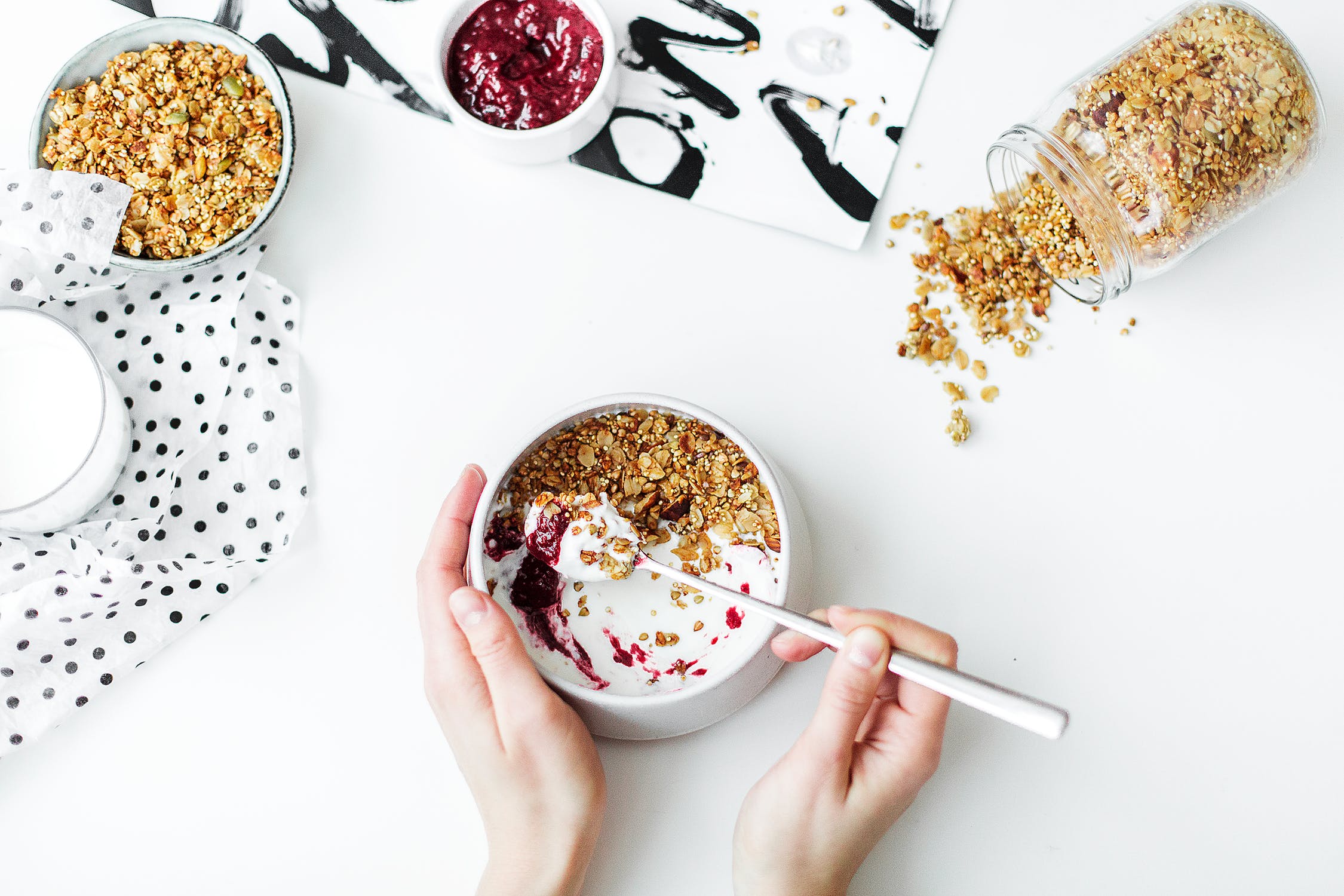
I made a very silly decision about a week ago, involving a non-sterilized needle and resulting in an embarrassingly swollen face. No, I wasn’t trying to self-administer drugs or give myself a DIY tattoo; I had simply taken faulty advice from a friend when trying to deal with a small bump under my eye.
The little bump quickly turned into something not-so-small, but that’s beside the point. What I’m getting to is that I made a mad dash to the doctor, who put me on some oral antibiotics.
Now, I typically do everything in my power to avoid taking antibiotics when I can. Although sometimes necessary, antibiotics can ironically lead to a number of other health concerns, the greatest of which is a compromised microbiome. This is because, at this time, antibiotics do not know how to distinguish between “bad” bacteria and “good” bacteria (although more intelligent varieties are in the works). Long-term antibiotic use can lead to digestive distress, sugar overgrowth, and sometimes even metabolic disorder– not a pretty cocktail.
But in this case, I was desperate and determined to get rid of my swollen eye stat. That being said, I was also determined to maintain healthy gut bacteria while doing so.
In my opinion, the best way to combat the detrimental effects of antibiotics is through nutrition. While antibiotics starve off the gut’s good bacteria, you can refeed it with the integration of probiotic-rich foods into your diet.

Some of the best sources of healthy, plant-based probiotics include the following:
- Fermented Vegetables: Fermented veggies are not just healthy but also delicious. If you aren’t a big fan of sauerkraut or standard pickles, maybe you would enjoy kimchi or non-traditional pickles featuring items like green beans, onions, or even ginger.
- Kombucha: This naturally fizzy, slightly sweetened tea is a natural source of probiotics as well as B-12. The effervescence is also stomach-settling, which can counteract nausea from your antibiotics.
- Kefir: Typically, kefir is made from dairy, but several vegan options exist. One is water kefir, which is harder to come by but can easily be made yourself with a starter. The second is non-dairy kefir which, like non-dairy yogurt, is typically made with soy or coconut and can be found in health food stores.
- Miso: This paste is great for making miso soup, of course (which can be the perfect meal when you’re sick). It is also optimal for adding umami to roasted veggies, grain salads or vegan cheese!
- Tempeh: This Indonesian staple is made from fermented soybeans. It is a versatile source of protein, minerals, and gut-assisting probiotics (although it doesn’t share the briny, sour taste that other fermented foods do).

The other thing you should focus on when eating to combat the effects of antibiotics is choosing foods that are yeast-resistant since sugar and yeast overgrowth is so common after a round of antibiotics. These are some of the top foods to do the job:
- Coconut Oil: The fatty acids in coconut oil help minimize the risk of candida by killing yeast cells. It is also said to reduce refined sugar cravings, which can be beneficial when already in a position of susceptibility to sugar overgrowth.
- Apple Cider Vinegar: This one is a double-whammy, as it is a yeast-fighter and a source of probiotics. Look for an ACV that contains a “mother” for the richest source of nutrients.
- Cruciferous Vegetables: Crunchy, fibrous veggies are full of prebiotics, which help nourish the growth of good bacteria, therefore facilitate the proper functioning of probiotics. They also help to fight yeast overgrowth and maintain digestive balance.
- Cinnamon: Cinnamon is naturally antifungal, anti-inflammatory and yeast-fighting. Like coconut oil, it has compounds that kill yeast cells. It’s also slightly sweet, making it a good alternative to more sugary sweeteners.
Whether you are taking antibiotics for days or months, your gut bacteria can take a large hit while on them. Luckily, these nine foods can help you stay healthy and happy for as long as you’re on them.

How do you eat to combat antibiotics? What’s your favorite way to cook with these items?
Also by Quincy: These 5 Hot New Wellness Trends Are Here To Make 2018 Your Best Year Ever
Related: 6 Reasons You Should Be Eating Probiotics Every Day
This One Dietary Change May Be Key In Treating Anxiety & Depression, Research Says
Get more like this—Subscribe to our daily inspirational newsletter for exclusive content!
__
Photo: Peaceful Dumpling, Pexels
